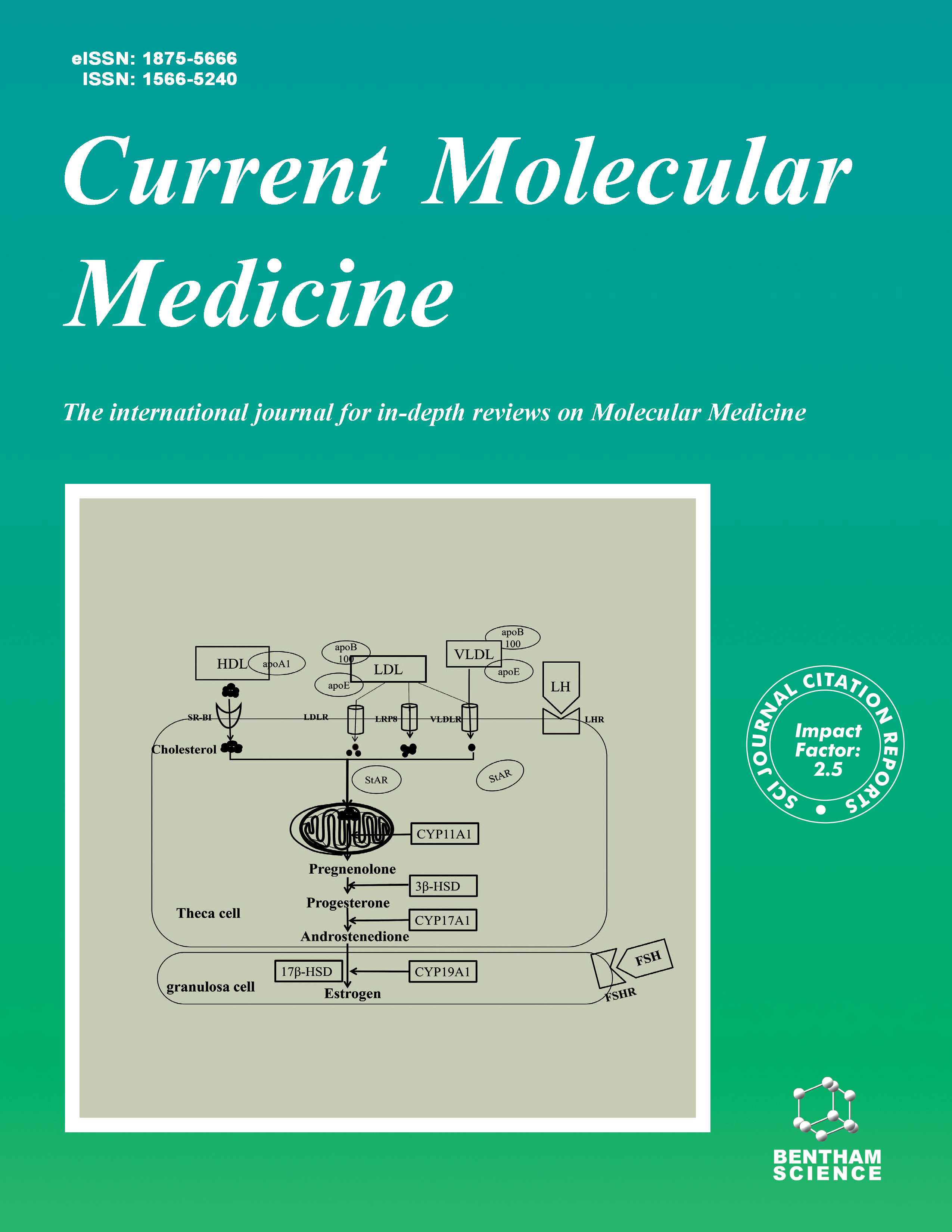
Full text loading...
We use cookies to track usage and preferences.I Understand

The aim of this study was to detect the association between the mTOR-STAT3 pathway and focal cortical dysplasia type IIIa (FCD IIIa) in children.
A retrospective review was conducted based on 26 pediatric patients diagnosed with FCD IIIa who underwent surgical intervention. These patients were selected from a cohort of 157 individuals presenting with temporal lobe epilepsy. For comparative analysis, a control group consisting of 5 children who underwent intracranial decompression was established. Immunohistochemistry, immunofluorescence, and western blot techniques were used to assess the expression levels of mTOR, P-mTOR, P-70s6k, STAT3, P-STAT3, and GFAP in brain tissue specimens obtained from the two groups.
The mTOR-STAT3 pathway exhibited activation in the FCD IIIa group (all P < 0.01). Additionally, immunofluorescence analysis revealed that cells positive for P-STAT3 were identified as astrocytes. Moreover, within the FCD IIIa group, there was a marked elevation in the expression of the mTOR-STAT3 pathway in the hippocampus compared to the brain cortex tissue.
The mTOR-STAT3 pathway was demonstrated to be substantially associated with FCD IIIa in pediatric patients. The activation of the mTOR-STAT3 signaling pathway may contribute to the pathogenesis of FCD IIIa in pediatric patients by modulating the proliferation of astrocytes.

Article metrics loading...

Full text loading...
References


Data & Media loading...